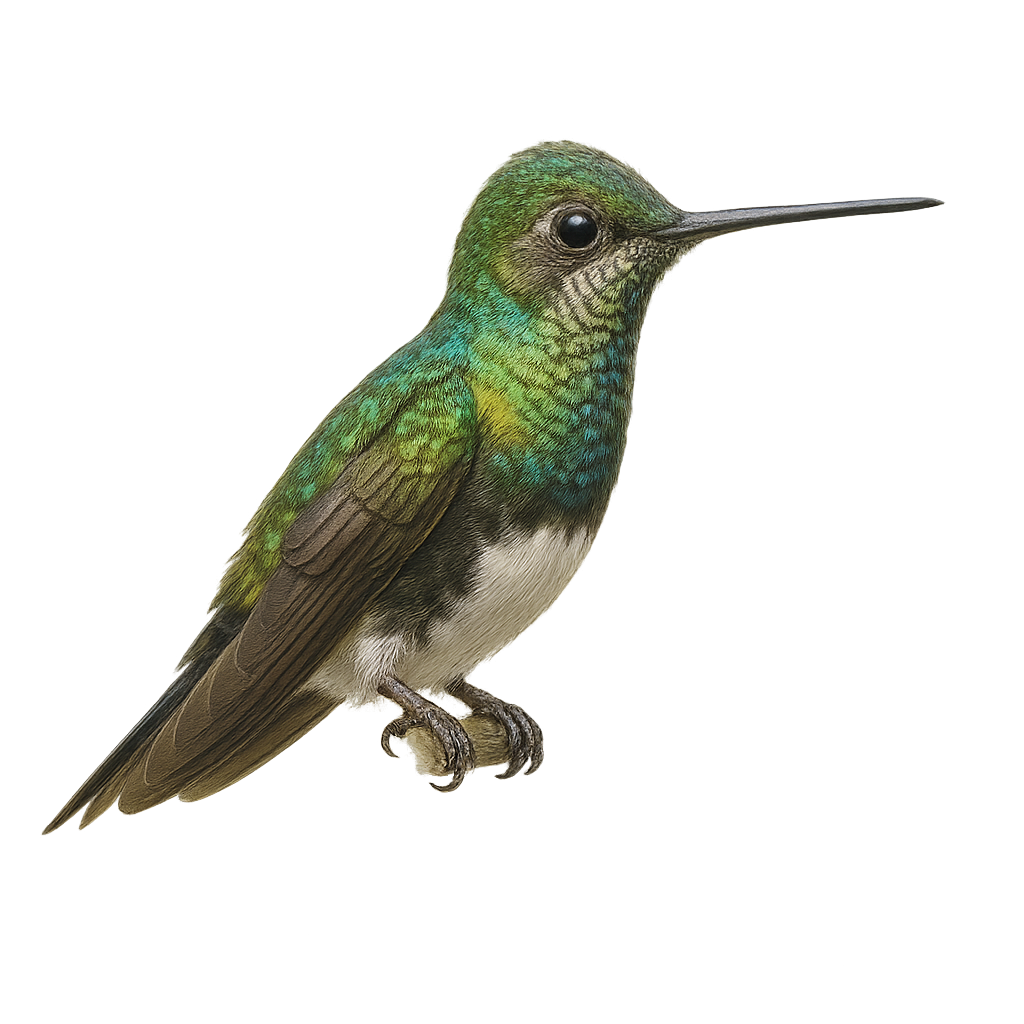Your wildlife photography guide.
Explore the black-bellied thorntail in detail, study its behavior, prepare your shots.
Where to observe and photograph the black-bellied thorntail in the wild
Learn where and when to spot the black-bellied thorntail in the wild, how to identify the species based on distinctive features, and what natural environments it inhabits. The WildlifePhotographer app offers tailored photography tips that reflect the black-bellied thorntail’s behavior, helping you capture better wildlife images. Explore the full species profile for key information including description, habitat, active periods, and approach techniques.
Black-bellied Thorntail
Scientific name: Discosura langsdorffi

IUCN Status: Least Concern
Family: TROCHILIDAE
Group: Birds
Sensitivity to human approach: Suspicious
Minimum approach distance: 5 m
Courtship display: October to November
Incubation: 15-17 jours
Hatchings: October to December
Habitat:
Humid tropical forests, forest edges, clearings
Activity period :
Primarily active during the day, with peak activity in the morning and late afternoon.
Identification and description:
The Black-bellied Thorntail is a small hummingbird native to South America, primarily found in the humid tropical forests of Brazil and Peru. This tiny bird, measuring about 10 cm in length, is easily recognizable by its long, slender tail and iridescent plumage. Males display an emerald green throat and a black belly, while females have more subdued colors. The thorntail feeds mainly on nectar, which it collects while hovering from flower to flower, but it also consumes small insects to supplement its diet. Its rapid and agile flight allows it to navigate through dense vegetation with ease.
Recommended lens:
400 mm – adjust based on distance, desired framing (portrait or habitat), and approach conditions.
Photography tips:
To photograph the Black-bellied Thorntail, it is advisable to use a telephoto lens of at least 400mm to capture detailed images without disturbing the bird. Look for areas where flowers are abundant, as these birds are often attracted there to feed. Be patient and discreet, as they are suspicious and may fly away quickly. Use a tripod to stabilize your camera and adjust your shutter speed to freeze the rapid movement of their wings.
The WildlifePhotographer App is coming soon!
Be the first to explore the best nature spots, track rutting seasons, log your observations, and observe more wildlife.
Already 1 429 wildlife lovers subscribed worldwide

